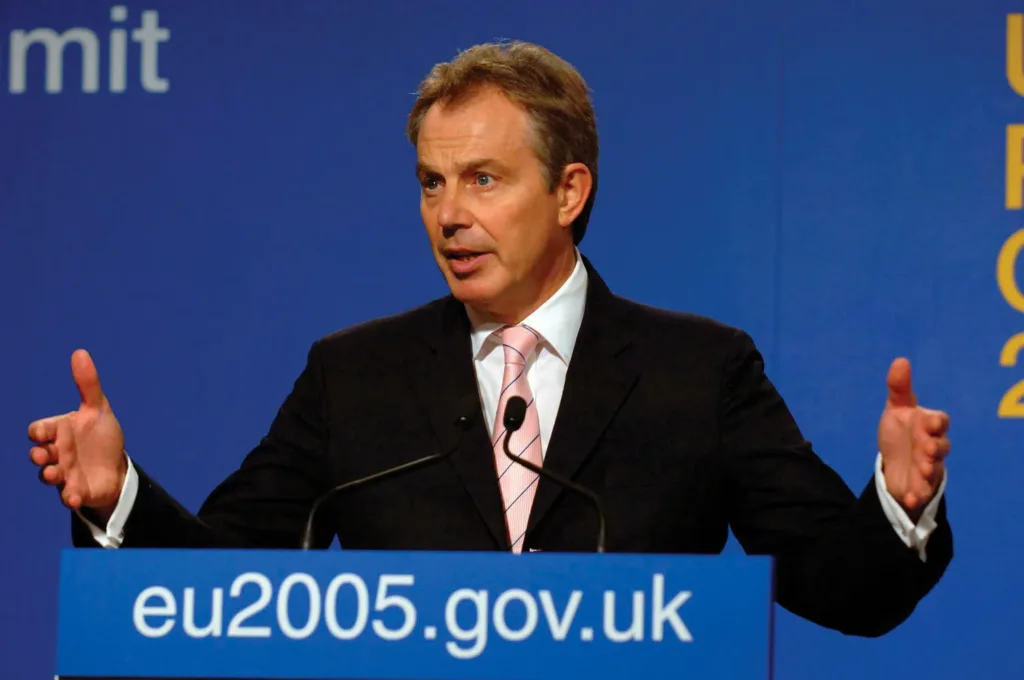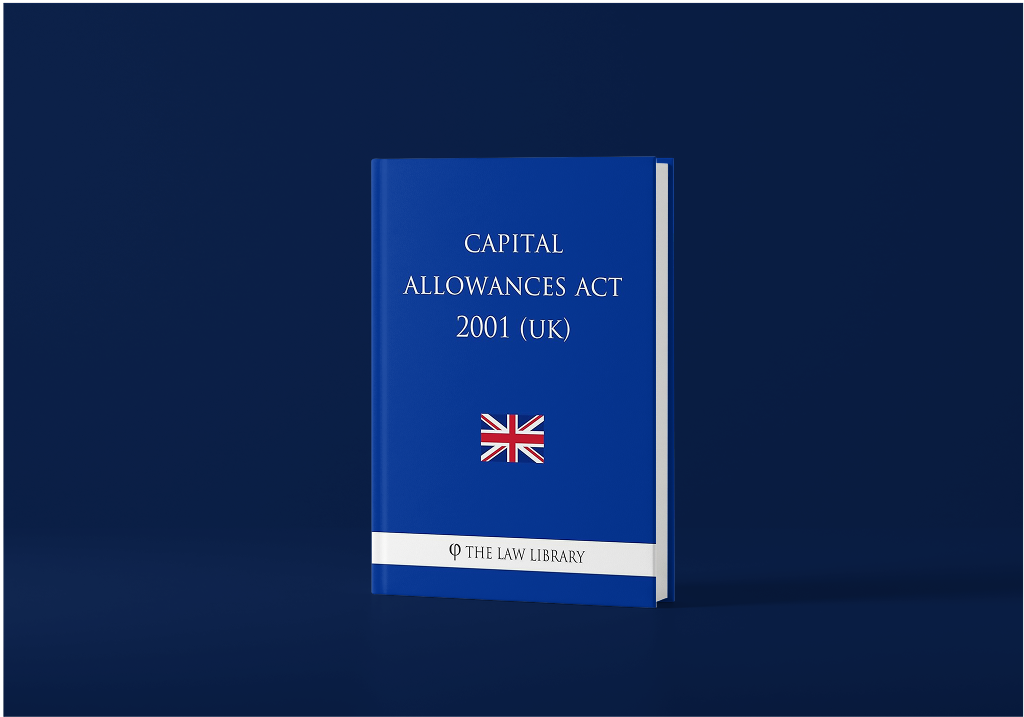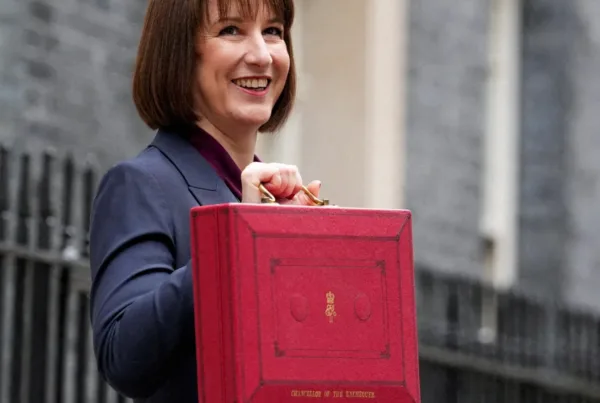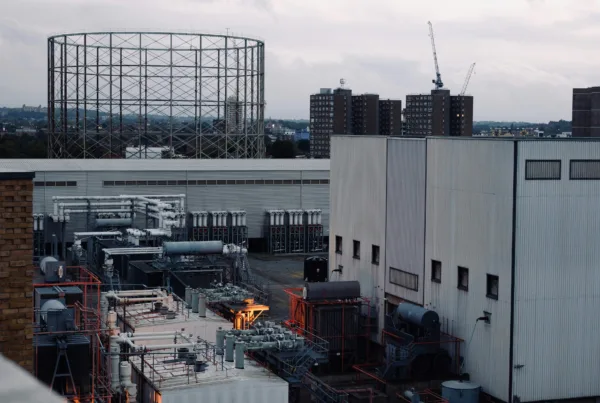Capital Allowances have long been a trusted mechanism for fiscal government policy in the UK, serving as a flexible tool to address varying economic conditions and policy objectives.
Through decades, they have been adeptly used to stimulate economic activity and have undergone significant transformations shaped by various budget reforms.
Capital Allowance have touted as an effective tool for governments and commercial property owners alike. As a mechanism for fiscal policy, Capital Allowances have broadly helped stabilise the economy during downturns whilst also fostering growth, innovation and efficiency improvements.
Understanding the historical context and evolution of these allowances provides valuable insights for businesses looking to leverage tax benefits effectively.
The Early 2000s – Expanding the Scope
2001 – First-Year Allowances for SMEs
At the turn of the millennium, the UK government introduced enhanced first-year allowances (FYAs) to help small and medium-sized enterprises (SMEs) modernise their operations. From 2000 to 2004, SMEs could claim 40% of the cost of qualifying plant and machinery in the first year, with an even more generous 100% FYA for certain information and communication technology (ICT) equipment.
For smaller manufacturers or engineering firms, this meant a new CNC machine worth £100,000 could generate an immediate £40,000 deduction from taxable profits, significantly improving cash flow.
This period was the first time many SMEs began actively factoring tax relief into their investment planning – Jasmine Hill, Head of Tax
Mid-2000s – Incentivising Sustainability
2006 – Enhanced Capital Allowances (ECAs)
The mid-2000s marked a shift towards energy efficiency. The government introduced Enhanced Capital Allowances (ECAs) for plant and machinery listed on the official Energy Technology List (ETL) or Water Technology List (WTL). These measures provided 100% first-year allowances on qualifying “green” equipment.

For example, a logistics company installing energy-efficient LED lighting across its distribution centres could deduct the entire cost from profits in the same year, rather than spreading it over a decade.
At this time, Accounting firms began incorporating these allowances into broader capital expenditure reviews, ensuring that environmentally conscious investments were fully leveraged.
2008–2010 – A Response to the Global Financial Crisis
Annual Investment Allowance (AIA) Introduced
The Annual Investment Allowance (AIA), introduced in April 2008, marked a significant change in how tax relief for plant and machinery was delivered. Initially set at £50,000, the AIA allowed businesses to deduct 100% of qualifying expenditure up to the annual limit in the year the costs were incurred, rather than spreading the deduction over several years.
In response to the financial crisis and tightening credit conditions, the allowance was temporarily increased to £100,000 from April 2010, providing much-needed support for businesses investing in assets during a period of restricted lending.
For example, a property developer undertaking a major refurbishment of a commercial building could immediately offset substantial costs for integral features—such as lifts, air conditioning systems, and lighting—against taxable profits, improving cash flow and freeing up funds for further investment.
As the scope and complexity of claims widened, it became clear that specialist expertise was needed to ensure that these reliefs were maximised. This period saw the rise of specialist advisers, with HMA Tax leading the charge. HMA Tax was was founded to work alongside accounting firms leveraging a combination of property surveying skills and tax knowledge, these specialists helped businesses uncover ‘hidden’ allowances embedded in property portfolios—a vital source of liquidity in a challenging post-crisis climate.
The 2010s – Balancing Austerity with Growth
2012 – Reduction of Writing Down Allowances
In the aftermath of the financial crisis, austerity measures began to reshape the capital allowance landscape. From 2012, Writing Down Allowances (WDAs) were reduced:
- From 20% to 18% for the main pool
- From 10% to 8% for the special rate pool (assets with a longer life or integral features)
At the same time, the government temporarily boosted the AIA in subsequent years (2012–2016) as a targeted measure to stimulate investment when economic conditions worsened.
2014 – Major Increase in AIA
The 2014 Budget saw the AIA temporarily raised to £500,000 – a game-changing move for firms making substantial investments.
Our work during this period often focused on construction and property development firms, helping guide commercial property owners with significant purchases and fit-outs to benefit from the higher AIA limits.
2018 – Expanding Support Beyond Machinery
Introduction of the Structures and Buildings Allowance (SBA)
For decades, there was no capital allowance relief on expenditure for constructing commercial buildings. This changed in October 2018 with the introduction of the Structures and Buildings Allowance (SBA). Initially set at 2% over 50 years, and later increased to 3% per year (33⅓ years), this allowance covered new non-residential structures such as offices, factories, and warehouses.
This development enabled firms like HMA Tax to provide a more comprehensive review of property investments, as they could now assess both machinery and the building itself for potential tax relief.
2021–2023 – Recovery from the Pandemic
Super-Deduction
The COVID-19 pandemic severely impacted business investment. To counteract this, the March 2021 Budget introduced the Super-Deduction, which applied from 1 April 2021 to 31 March 2023:
- 130% first-year deduction for main rate plant and machinery
- 50% first-year deduction for special rate assets
For example, if a company invested £1 million in qualifying new plant and machinery, it could deduct £1.3 million from its taxable profits, an unprecedented incentive.
Many firms sought expert advice from Capital Allowances specialists during this time to ensure projects already in the pipeline could be structured to qualify for the super-deduction, with our team being frequently engaged to navigate the complex eligibility criteria.
2023 Onwards – Full Expensing
Full Expensing Introduced
In the March 2023 Budget, the government replaced the super-deduction with full expensing, a measure allowing businesses to deduct 100% of the cost of qualifying plant and machinery immediately, alongside a 50% first-year allowance for special rate assets. Initially introduced for three years, this measure simplified claims and improved cash flow for companies.
Looking ahead to 2026 and beyond, policymakers have indicated that Capital Allowances may expand further, possibly to include emerging technologies and digital infrastructure, ensuring that tax incentives keep pace with the evolving needs of UK businesses.
The evolution of Capital Allowances in the UK reflects the government’s shifting priorities from economic recovery, promoting SME growth, to environmental sustainability, and responding to global crises. Each reform has been tailored to meet the economic conditions of its time, providing businesses with crucial tax reliefs that encourage investment and growth.
As the landscape continues to evolve for commercial property owners, staying informed about these changes is crucial.
For tailored advice and up-to-date insights on how to leverage these opportunities contact HMA Tax or estimate the Capital Allowances within your own commercial property here.




